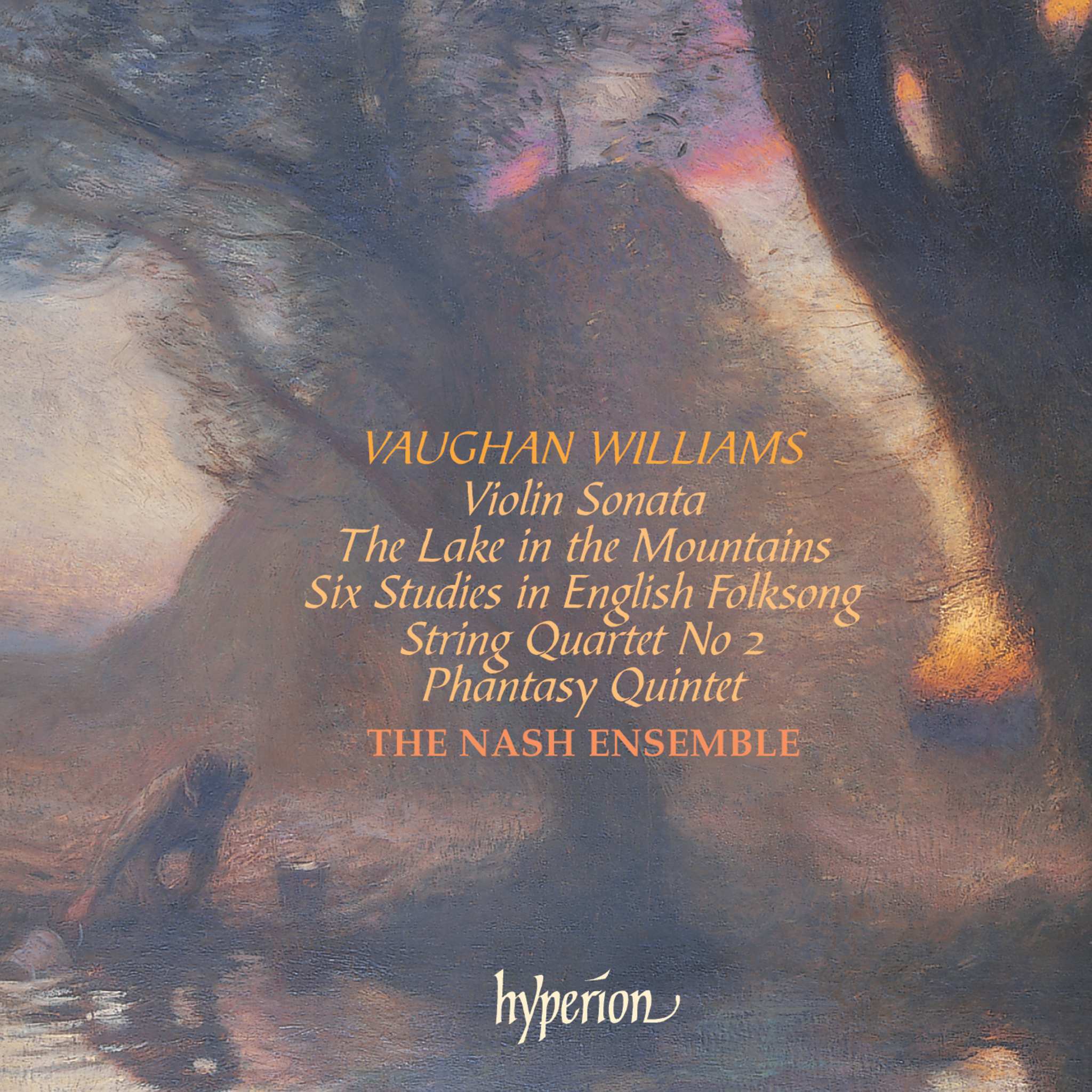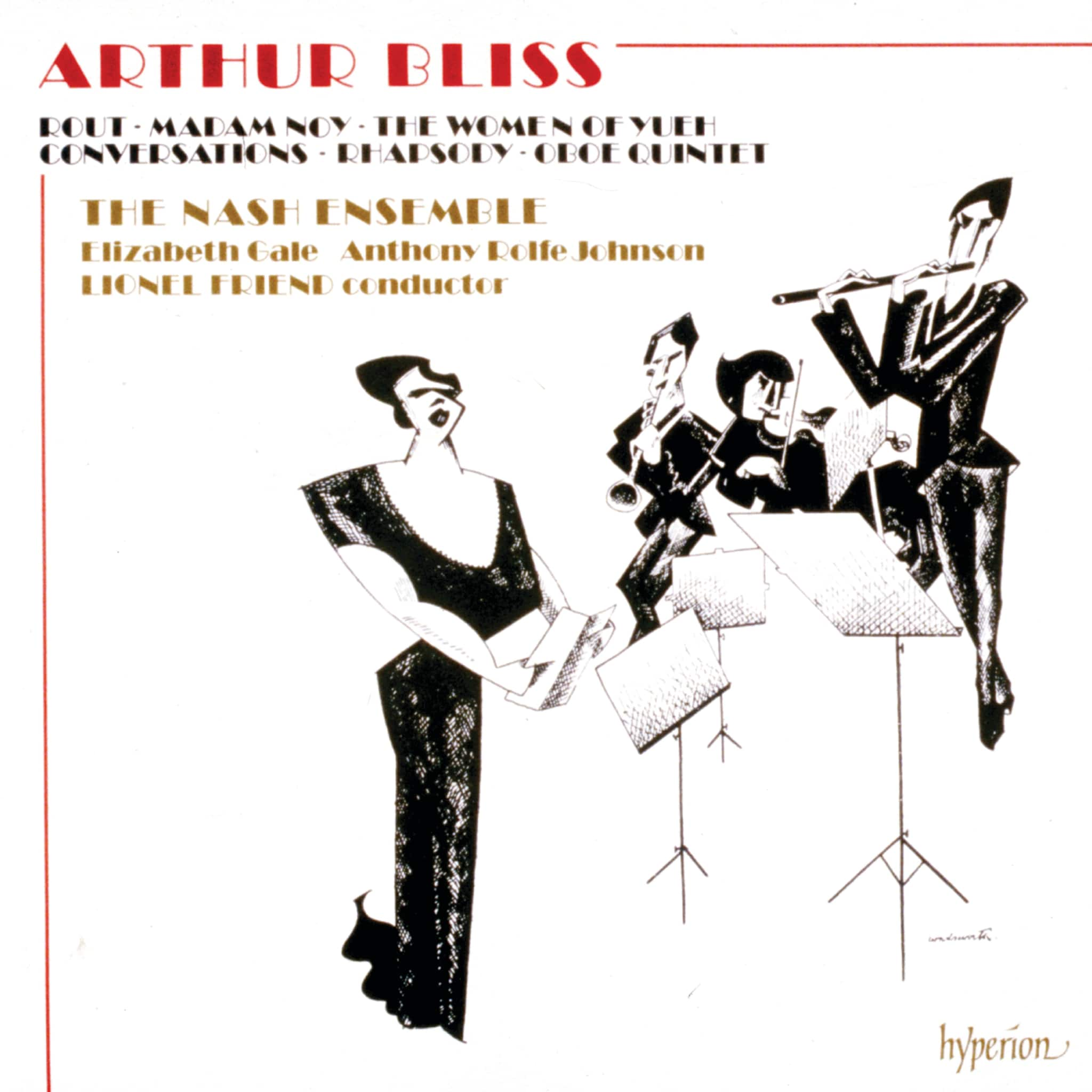Album insights
Patrick Gowers, known for his film scores and organ works, opened Christopher Herrick's program with a spirited adaptation of Jeremiah Clarke’s Trumpet Voluntary. This version adds a Rumba rhythm to the French Toccata style. Béla Bartók showed early piano talent at age five despite financial struggles. His mother ensured his musical growth. Encouraged by Zoltán Kodály and his Hungarian roots, Bartók collected folk music, yielding Romanian Folk Dances. Max Reger, like Liszt, arranged Bach's works extensively. His Chromatic Fantasy and Fugue showcases dynamic adaptations, reflecting the original's growth.
Jean Langlais, inspired by Charles Tournemire, learned improvisation from him, valuing Tournemire's spiritual pieces and unique approach to chorales. Langlais' Trois paraphrases grégoriennes include the powerful Mors et resurrectio which reflects thematic contrasts, evoking Gothic cathedral grandeur. Edward Elgar assisted blind musician William Wolstenholme, creating a piece embracing contemporary dance forms. Noel Rawsthorne's "Line Dance" honors Liverpool's Anglican Cathedral, featuring lively melodies. The finale reimagines the iconic Widor Toccata, famous for royal associations.
Stephen Westrop © 2001





